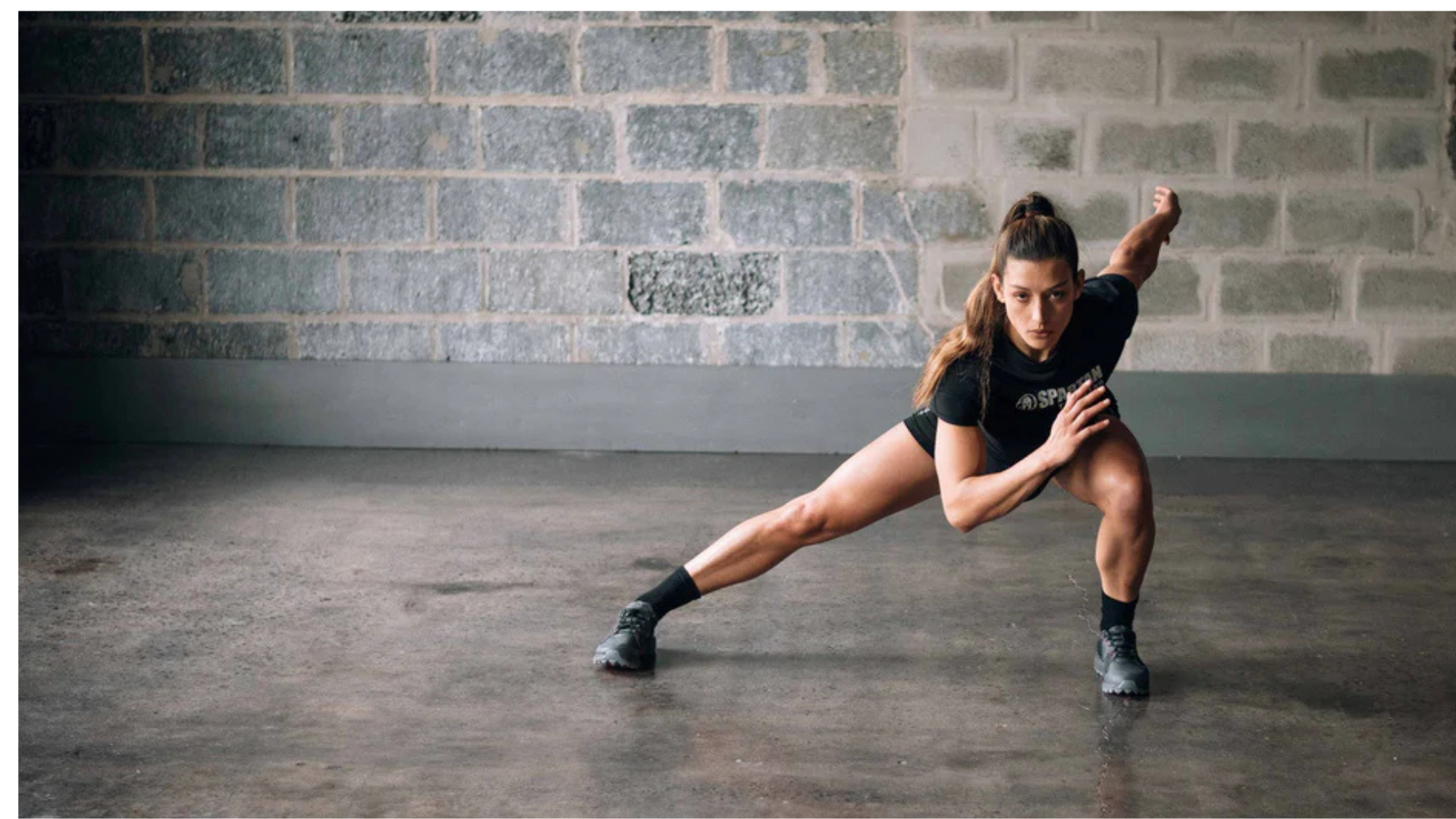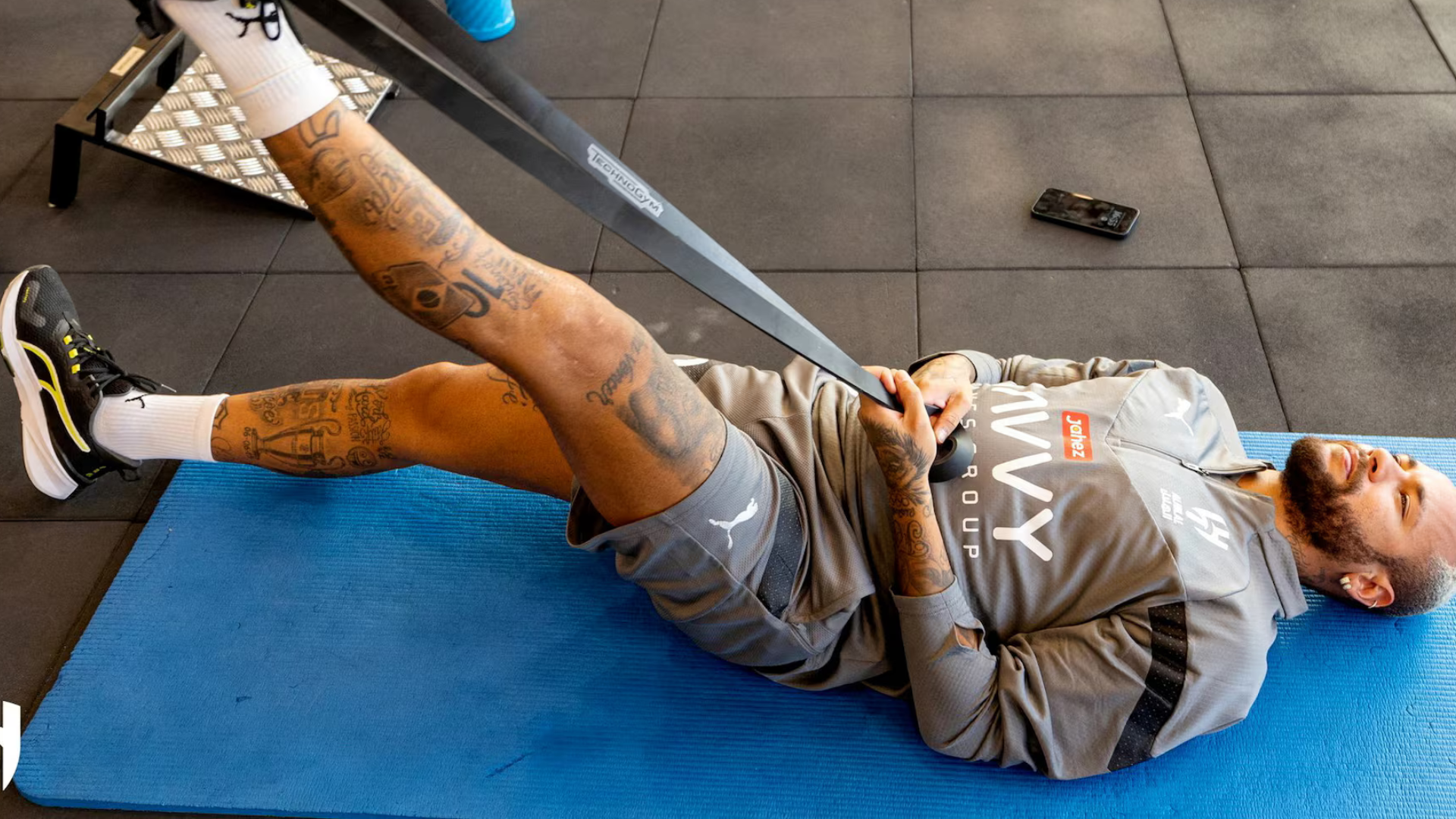The most accessible and effective form of exercise is running which promotes cardiovascular health, strengthens muscles, improves mental well-being, and helps maintain a healthy weight. For everyone who is just about to start running without preparing himself properly can lead to injuries and setbacks. Before starting running, taking the right steps to prepare your body and mind is essential to enjoy running safely and sustainably.
Start Slow and Build Gradually
One of the biggest mistakes many beginners make is doing too much too soon. Running is considered a very high-impact activity that requires some time for your body to adapt itself. Before going into severe training start slowly which will allow your muscles and joints to adapt themselves slowly without overwhelming it. In running patience is the key to progress overtime than trying to progress too quickly. Some of the things you should keep in mind when starting running :
- Following a structured plan
- Incorporate walk-run intervals
- Increasing mileage slowly and wisely
Warm Up and Cool Down
- Just like other exercises we need to warm up our bodies first which prevents injuries and improves performance. Before starting it is better to warm up your body for 5-10 minutes, performing stretches and light cardio exercises to increase the blood flow and loosen up the muscles.
- Once your exercise is done it’s better to cool down your body as well by performing static stretches for your hamstrings, calves, quadriceps, and hip flexors. It helps in reducing muscle soreness and promotes recovery.
Strengthen Supporting Muscles
- Most of the athletes think that running only relies on your legs but it’s not the case, there are some supporting muscles as well which need strengthening to improve stability, balance, and endurance. Apart from running you must focus on strengthening the core because a strong core provides a stable foundation for efficient movement. Incorporate exercises such as planks, bridges, and Russian twists.
- Moreover you need to work on strengthening your hips and glutes because weak glutes and hips can lead to issues like runner’s knee or Iliotibial band syndrome. Add squats, lunges, and clamshells to your routine.
- Make sure to not neglect your calves as calf raises and heel drops can help prevent Achilles tendon injuries. Strength training 2-3 times per week complements your running routine and reduces injury risk.
Prioritize Rest and Recovery
- Many runners overlook the crucial importance of rest and recovery in their training. Just as training itself is essential, rest is equally vital. Overtraining can lead to fatigue, burnout, and even injuries. During the exercise it’s better to schedule at least 1-2 rest days per week to allow your body to recover and repair. It’s better to listen to your body and incorporate active recovery. Low-impact activities like yoga, swimming, or cycling can help you stay active without putting stress on your joints. During the recovery process the body rebuilds itself stronger, so never underestimate its importance.
Stay Hydrated and Fuel Your Body
- Proper nutrition and hydration are essential for optimal performance and recovery. It’s better to drink water throughout the day and carry a bottle if running a long distance to avoid fatigue, cramps, and decreased performance. In addition to this make sure to Include carbohydrates, protein, and healthy fats to fuel your workouts and support recovery. One Thing that we always overlook is timely eating. It’s better to eat a light snack, such as a banana or energy bar, 30-60 minutes before running and after your run, refuel with a protein-rich meal or snack to aid muscle recovery.
Incorporate Cross-Training
- Sometimes you get bored of doing the same thing again and again so it’s better to involve other forms of exercise to complement your running routine. Incorporating low-impact activities like cycling, swimming, and rowing reduce strain on your joints while improving cardiovascular fitness. Yoga and pilates shall be included to enhance flexibility, balance, and core strength. Diversifying your workouts keeps you motivated and reduces the risk of burnout.
Conclusion :
- Starting a running routine is an excellent step toward better health, but it’s essential to approach it with care and preparation. By starting slowly, wearing proper shoes, warming up and cooling down, focusing on form, and listening to your body, you can minimize the risk of injuries and enjoy running safely. Incorporating strength training, cross-training, and proper nutrition further supports your journey toward becoming a healthier and happier runner.
- Running is more than just a workout—it’s a journey of self-discovery and empowerment. By following these steps, you’ll set yourself up for success and ensure that running becomes a sustainable and enjoyable part of your life. Lace up your shoes, hit the pavement, and embrace the joy of running!
Tags:




